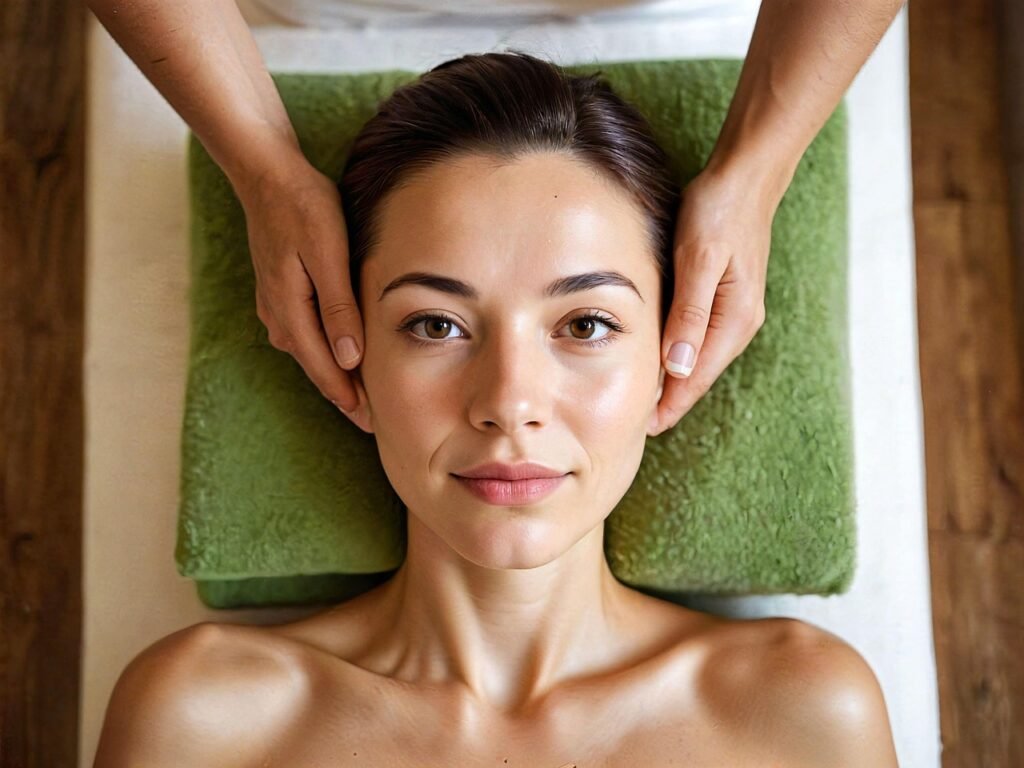Have you ever wondered how something as simple as a cold plunge could work wonders for your digestive health and gut inflammation? It’s intriguing, isn’t it? This practice isn’t just a trendy health fad; it has roots in ancient cultures and is gaining a modern following for good reason. Let’s chat about how cold plunges might influence your gut health and what you should know.
Understanding Gut Health
Before we get into the chilly details, it’s essential to understand what gut health means. Your gut is home to trillions of microorganisms that play a crucial role in digestion and overall health. Maintaining a balanced microbiome is key to keeping your digestive system in check and preventing inflammation.
The Role of the Microbiome
Your microbiome consists of bacteria, fungi, and viruses that live in your intestines. They help break down food, synthesize vitamins, and regulate the immune system. When the balance among these microorganisms is disrupted—a state often described as dysbiosis—issues such as bloating, gas, and even autoimmune diseases can arise.
Signs of an Unhealthy Gut
It’s not always easy to tell if your gut is unhappy. Some common signs include:
- Bloating and gas
- Cravings for sugar
- Fatigue
- Food intolerances
- Unintentional weight changes
If you’ve noticed any of these symptoms, your gut health may need some extra attention.
The Impact of Inflammation
Inflammation is your body’s natural response to harmful stimuli, such as infections or injuries. However, chronic inflammation can lead to serious health problems, especially in the gut area.
Causes of Gut Inflammation
Several factors can contribute to gut inflammation, including:
- Poor diet
- Stress
- Lack of sleep
- Antibiotic use
When your gut becomes inflamed, it can lead to disorders such as irritable bowel syndrome (IBS), Crohn’s disease, and ulcerative colitis, making it crucial to find effective ways to manage these symptoms.

What Are Cold Plunges?
Cold plunges—immersing yourself in cold water for a brief period—have gained traction in wellness communities. The practice has roots in cultures across the globe, from ancient Norse warriors to modern-day Japanese onsen traditions. But what’s the science behind this chilling ritual?
The Science of Cold Exposure
Cold exposure can trigger a shock response in your body, leading to numerous physiological changes. When you’re exposed to cold water, your body goes into survival mode, enhancing blood circulation and boosting the immune system.
Benefits of Cold Plunges
Here are some potential benefits of cold plunges that can positively impact your gut health:
- Improved Blood Circulation: Better blood flow can aid digestion and nutrient absorption.
- Enhanced Immune Function: A stronger immune response can help prevent gut infections and inflammation.
- Reduction in Stress Levels: Cold exposure can lower cortisol levels, the hormone primarily associated with stress.
Cold Plunge and Gut Inflammation
So, how do cold plunges relate specifically to gut inflammation? While scientific studies are still emerging, some research suggests that cold exposure can influence your gut health positively.
The Link Between Cold Exposure and Inflammation
Exposure to cold can induce mechanisms in your body that may lead to a decrease in inflammation. When you plunge into cold water, the body responds by producing anti-inflammatory proteins and reducing the levels of pro-inflammatory cytokines.
Mechanism of Action
-
Vasoconstriction: Cold exposure initially causes blood vessels to constrict, which reduces blood flow. Once you warm up, your vessels dilate, allowing fresh, oxygenated blood to flow into your gut, delivering nutrients and speeding up the healing process.
-
Brown Adipose Tissue Activation: Cold exposure activates brown fat, which burns calories and may help combat inflammation, impacting your gut health indirectly.
-
Immune System Modulation: Changes in circulation from cold exposure can help modulate your immune response, keeping inflammation at bay.

Integrating Cold Plunges into Your Routine
If this all sounds appealing, you might be wondering how to bring cold plunges into your life. Here’s a simple guide to get you started.
Steps to Take a Cold Plunge
-
Choose Your Water: Ideally, the water temperature should be between 50°F and 60°F (10°C to 15°C). This can be a cold bath, a lake, or even a specially designed cold plunge tub.
-
Duration: Start with short periods of time—about 30 seconds to a minute. You can gradually increase this to two to three minutes as your body adapts.
-
Breathing Techniques: Focusing on your breath can help you endure the shock of the cold. Try slow, deep breaths to keep your heart rate steady.
-
Warm Up: After your plunge, take the time to properly warm up your body. A warm shower or some light exercises can help get your blood flowing again.
Frequency of Cold Plunges
For optimal results, incorporating cold plunges into your routine two to three times a week is a good start. Consistency is vital, so find a schedule that works for you.
Other Tips for Supporting Gut Health
While cold plunges are a fantastic tool, they’re not a cure-all. Here are some additional habits you can adopt to support your gut health.
Nutrition
Your diet plays a massive role in your gut health. Focus on:
- Fiber-Rich Foods: Incorporate fruits, vegetables, whole grains, and legumes to support beneficial gut bacteria.
- Fermented Foods: Foods like yogurt, kefir, sauerkraut, and kimchi introduce probiotics that can help balance your microbiome.
Regular Exercise
Staying active can improve gut health too. Aim for at least 150 minutes of moderate exercise each week, whether that’s walking, swimming, or weights. Movement promotes blood circulation, influencing digestive health positively.
Stress Management
Since stress can wreak havoc on your gut, incorporating mindfulness practices such as meditation, yoga, or deep breathing exercises is beneficial. Taking time for yourself is a radical act of self-care that goes a long way.
Adequate Sleep
Never underestimate the power of a good night’s sleep. Aim for seven to nine hours per night, as poor sleep can disrupt the microbiome and exacerbate inflammation.

Potential Risks and Considerations
While cold plunges are generally safe, they may not be suitable for everyone. Here are some aspects to consider:
Preexisting Conditions
If you have certain health conditions—like cardiovascular problems, asthma, or Raynaud’s syndrome—you should speak with your healthcare provider before trying cold plunges.
Listen to Your Body
It’s crucial to listen to what your body tells you. If you experience excessive shivering, shortness of breath, or pain, it’s time to exit the cold water.
The Future of Cold Plunges and Research
As interest in cold plunges continues to grow, more research will likely emerge, exploring their full potential for digestive health and gut inflammation. The narrative is just beginning, and you may very well be witnessing the early chapters of a promising exploration into wellness.

Final Thoughts
Cold plunges offer a curious intersection between ancient wisdom and modern science. They come with the potential to enhance your gut health while also promoting an array of other health benefits. By incorporating this practice into your routine—along with a balanced diet, regular exercise, and mindfulness—you can take important steps to support a healthy gut and mitigate inflammation.
Would you be willing to give cold plunges a try? They might just bring that refreshing change you’ve been looking for in your health journey. In a world where wellness options abound, cold plunging offers an invigorating, simple solution worth considering. So, why not take the plunge?

